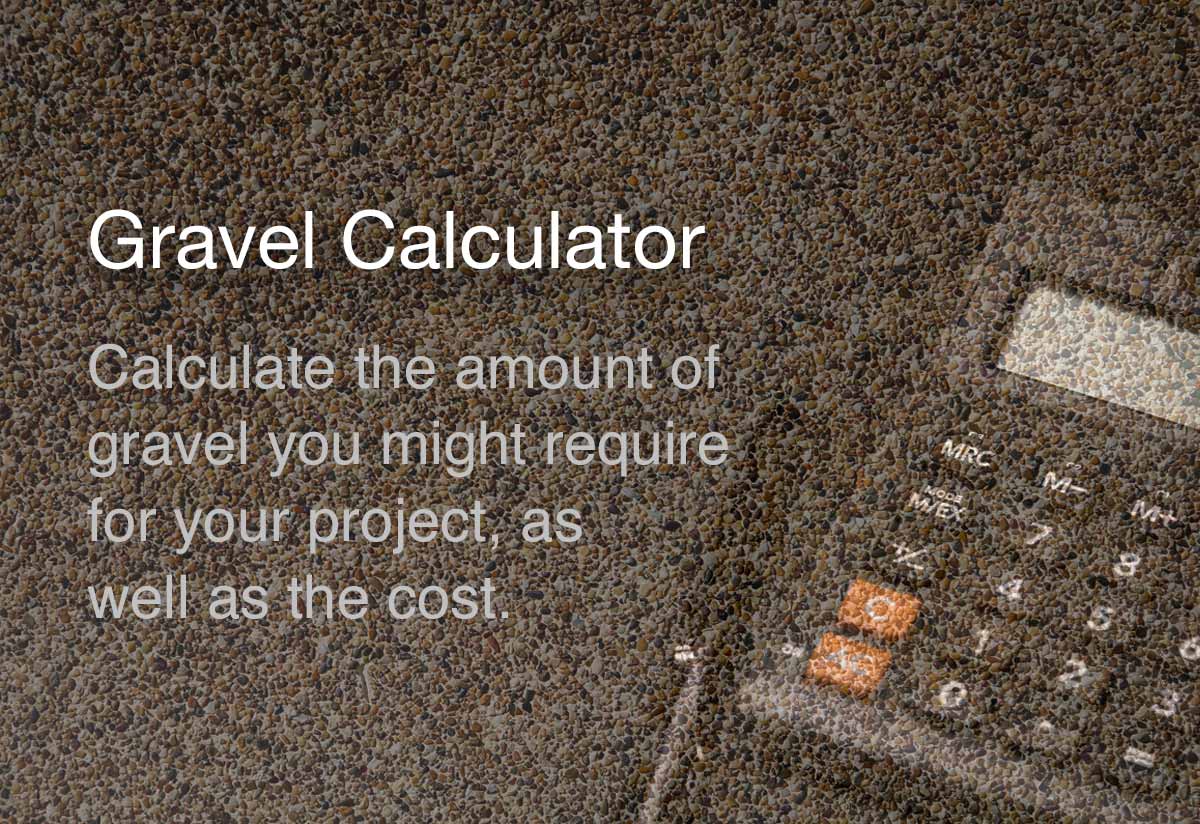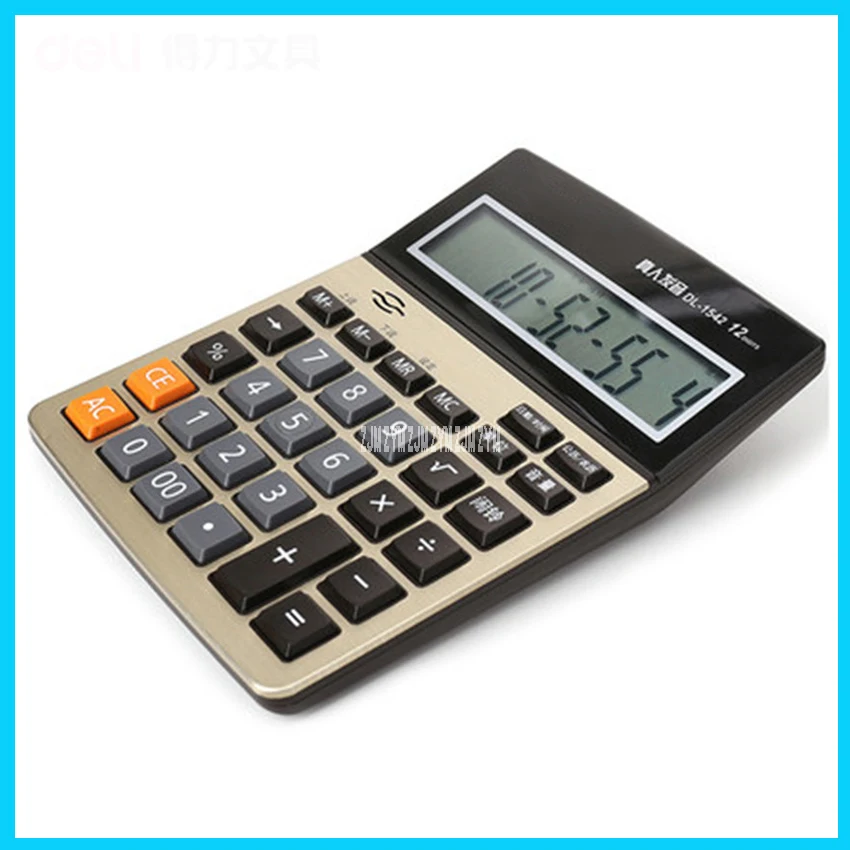

Just ensure that your measurements for the width and length are correct and in feet, and the depth desired for the gravel is in inches.
#Gravel calculator how to#
Since our calculator takes the effort out of finding out how much gravel you need, you do not need to remember the formula or how to make the calculation manually. Our calculator uses the formula to convert and calculate: width/3 x length/3 x depth/36 = amount of gravel in cubic yards. To determine the area of a site in cubic yards, the converted measurements are multiplied together. The depth is converted to yards by dividing it by 36 because that is how many inches are in one yard. Our calculator takes each of the measurements you gave in feet and divides it by three to find how many yards are in the length and width measurements.

 Know the desired depth of the gravel in inches. When using our calculator you need to measure the following: Our calculator converts your measurements into yards and gives you the answer you need in cubic yards, making your job of purchasing the gravel easier. Let our gravel needed calculator take the work out of helping you to determine the exact amount of gravel you need to purchase from the store. Problems arise for many people when they realize that they need to know how many cubic yards of gravel they need, but their measurements for the area was in feet and the depth was in inches. The depth of the gravel must also come into play. When it comes to adding gravel, it is not enough to know the size of the area that needs to be covered. If you have any problems using our gravel calculator, please contact us.Our gravel calculator makes landscaping projects easier. Calculator created by Alastair Hazellĭensity figures for gravel, rock and sand are referenced from .uk. The right amount of gravel is essential for a beautiful driveway or a lovely gravel terrace, but don't worry you can use our gravel calculator to help you work out how much gravel you need. If any of the constituents are in deficit or excess, the concrete will be weakened. When making concrete, it is crucial as successful concrete is correctly dosed in cement, sand and gravel. It adds furtherĮxpense to the project and can make the ground feel uncomfortable when walked on. Of course, using too much gravel can have its drawbacks too. The surface will be quickly stripped, and it will look unsightly with bare patches. If too little gravel is used, the passage of pedestrians and vehicles can create ruts. The answer is simple, and it's a question of hold and durability! Why is it important to use the right amount of gravel? If you're planning for a construction project, it's worth considering the idea of adding an extra percentage of materials to allow for any changes of plan or any Gravel in US tons: Volume (yd³) × Density (tons/yd³) Our calculation might look something like this: If we want to find out how much gravel we need for an area 15ft long by 20ft wide, with a gravel depth of 3 inches. If we assume a density of 1.41 tons/yd³ for our dry gravel (of 1/4" to 2" size), we multiply our yd³ volume by 1.41 to get a weight figure in tons. To work out the weight in tons, multiply your volume figure by the density of the gravel in tons/yd³. You now have a cubic feet volume figure. If your depth is in inches, divide it by 12 first. Multiply your area figure by the depth of gravel that you wish to use, ensuring your measurement is also in feet. Measure the length and width of the area in feet and multiply the figures together. You may wish toĭraw the shapes out on a sheet of paper to help you. If you have an odd-shaped area, break it down into rough rectangular or square shapes and calculate each area one at a time. This assumes that all measurements are in the same unit. To calculate how much gravel you might need for your project, measure the length and width of your area and multiply it by the depth of gravel required. Whatever your project, use our gravel calculator to assess the amount of gravel or aggregate you might need for your project. It can also be used in the composition of concrete. Gravel is commonly used for outdoor landscaping projects such as yards, driveways and paths.
Know the desired depth of the gravel in inches. When using our calculator you need to measure the following: Our calculator converts your measurements into yards and gives you the answer you need in cubic yards, making your job of purchasing the gravel easier. Let our gravel needed calculator take the work out of helping you to determine the exact amount of gravel you need to purchase from the store. Problems arise for many people when they realize that they need to know how many cubic yards of gravel they need, but their measurements for the area was in feet and the depth was in inches. The depth of the gravel must also come into play. When it comes to adding gravel, it is not enough to know the size of the area that needs to be covered. If you have any problems using our gravel calculator, please contact us.Our gravel calculator makes landscaping projects easier. Calculator created by Alastair Hazellĭensity figures for gravel, rock and sand are referenced from .uk. The right amount of gravel is essential for a beautiful driveway or a lovely gravel terrace, but don't worry you can use our gravel calculator to help you work out how much gravel you need. If any of the constituents are in deficit or excess, the concrete will be weakened. When making concrete, it is crucial as successful concrete is correctly dosed in cement, sand and gravel. It adds furtherĮxpense to the project and can make the ground feel uncomfortable when walked on. Of course, using too much gravel can have its drawbacks too. The surface will be quickly stripped, and it will look unsightly with bare patches. If too little gravel is used, the passage of pedestrians and vehicles can create ruts. The answer is simple, and it's a question of hold and durability! Why is it important to use the right amount of gravel? If you're planning for a construction project, it's worth considering the idea of adding an extra percentage of materials to allow for any changes of plan or any Gravel in US tons: Volume (yd³) × Density (tons/yd³) Our calculation might look something like this: If we want to find out how much gravel we need for an area 15ft long by 20ft wide, with a gravel depth of 3 inches. If we assume a density of 1.41 tons/yd³ for our dry gravel (of 1/4" to 2" size), we multiply our yd³ volume by 1.41 to get a weight figure in tons. To work out the weight in tons, multiply your volume figure by the density of the gravel in tons/yd³. You now have a cubic feet volume figure. If your depth is in inches, divide it by 12 first. Multiply your area figure by the depth of gravel that you wish to use, ensuring your measurement is also in feet. Measure the length and width of the area in feet and multiply the figures together. You may wish toĭraw the shapes out on a sheet of paper to help you. If you have an odd-shaped area, break it down into rough rectangular or square shapes and calculate each area one at a time. This assumes that all measurements are in the same unit. To calculate how much gravel you might need for your project, measure the length and width of your area and multiply it by the depth of gravel required. Whatever your project, use our gravel calculator to assess the amount of gravel or aggregate you might need for your project. It can also be used in the composition of concrete. Gravel is commonly used for outdoor landscaping projects such as yards, driveways and paths.







 0 kommentar(er)
0 kommentar(er)
